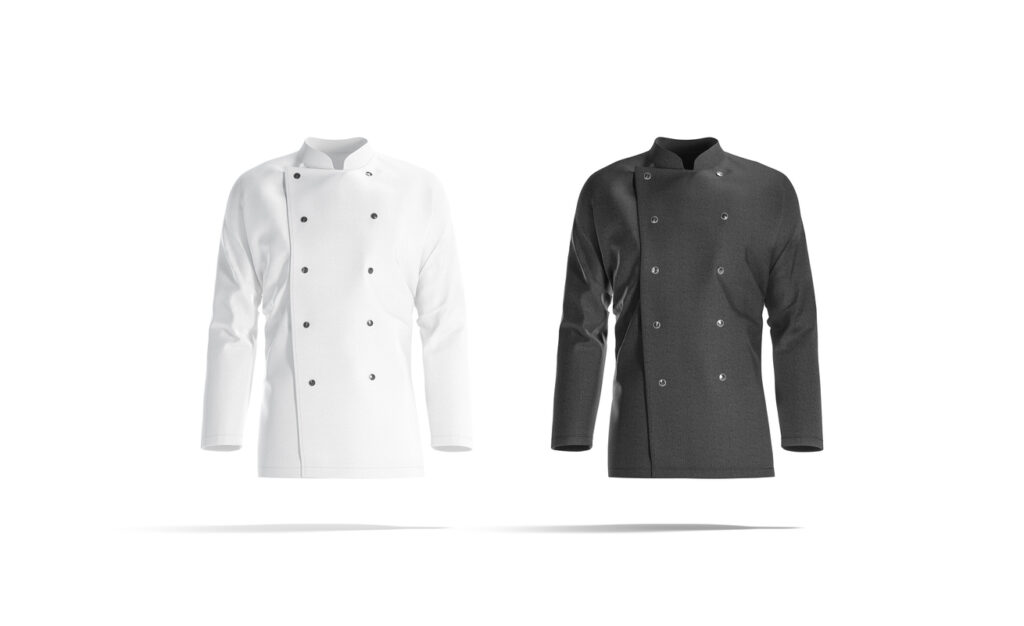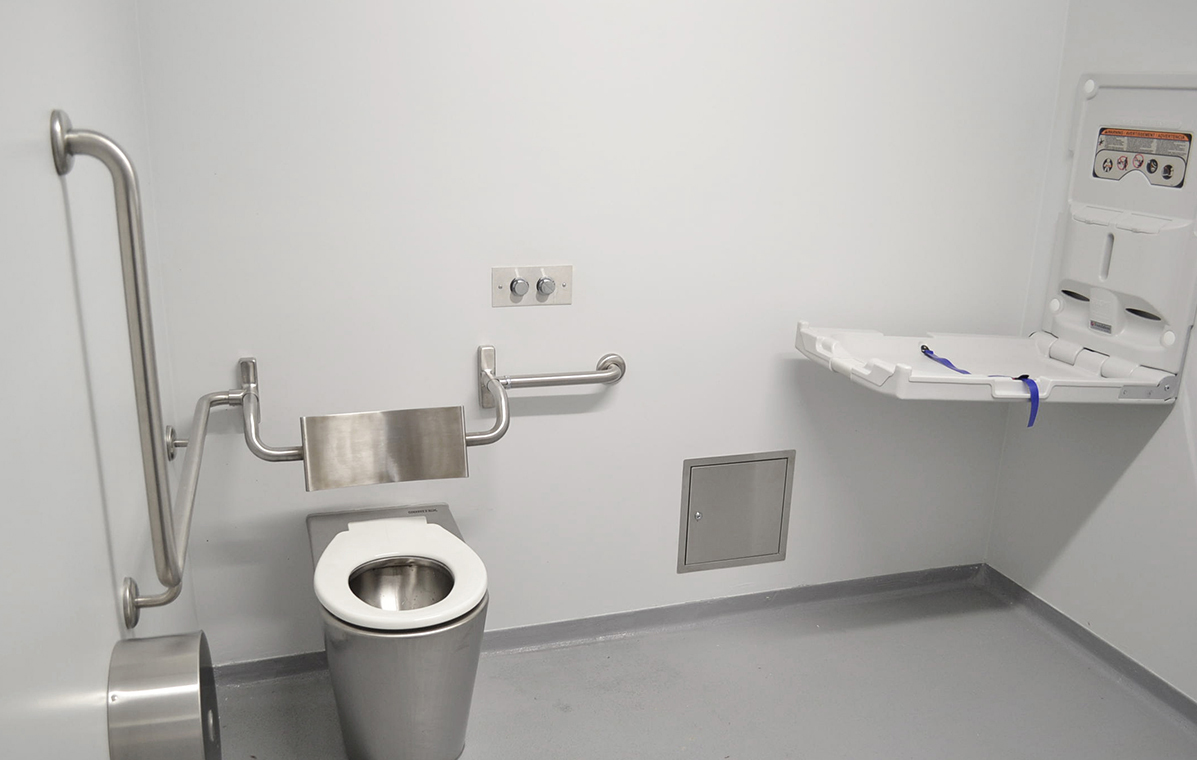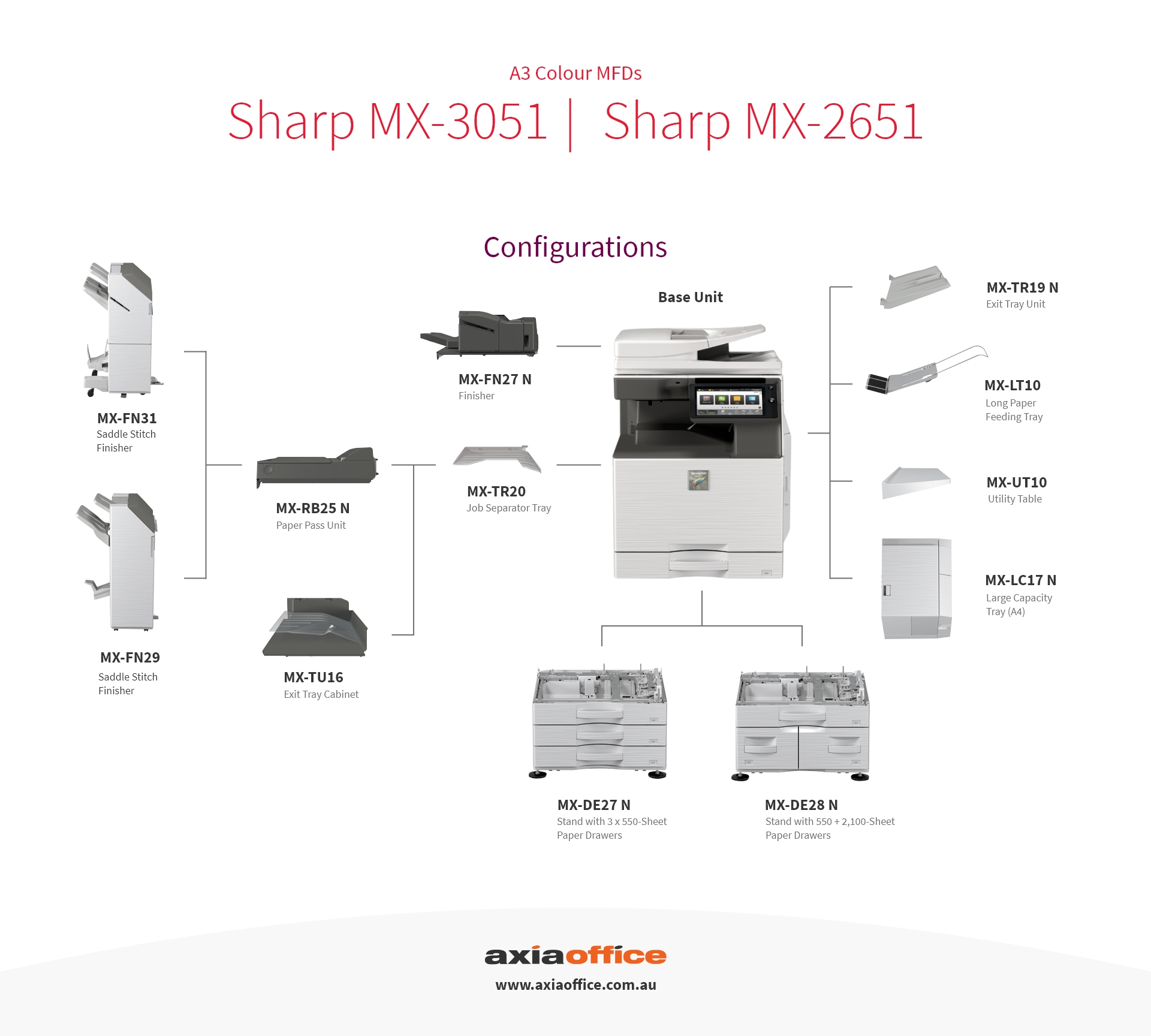Chef uniforms are more than just a tradition in commercial kitchens; they are a necessity, designed with both form and function in mind. The uniform plays a crucial role in ensuring the safety of chefs, protecting them from extreme heat, open flames, and occasional spills of hot liquids. The double-breasted jackets can be reversed to hide stains, facilitating cleanliness and hygiene. Additionally, the uniform’s white color reflects heat, keeping the chef cool in the hot kitchen environment. The hat, or toque, helps keep hair away from the food, ensuring hygiene and food safety. Beyond these practical benefits, the uniform also promotes professionalism and team unity, symbolizing the respect and dedication chefs bring to their culinary craft.
Best Materials for Chef Coats
Chef coats are typically made from highly durable materials such as cotton, polyester/cotton blends, and 100% polyester. Cotton or cotton/polyester blend coats offer better breathability and comfort, but are not as tough as the 100% polyester option. Polyester is more resistant to wrinkles and fading with frequent washing, while also providing a professional, crisp look. Determining which material is best will depend on the specific needs of the chef and the kitchen environment.

When selecting a chef coat or uniform for a commercial kitchen, it is important to consider the fit and material. A well-fitted chef’s jacket should be comfortable and form-fitting, with enough room in the arms to allow easy movement while cooking. Materials like 100% cotton or polyester/cotton blends are ideal because of their breathability and durability. Cotton is also softer and more comfortable to wear than other fabrics, making it an excellent choice for chefs spending long shifts in the kitchen. Polyester/cotton blends offer similar comfort levels, but with increased durability, perfect for busy kitchens that require uniforms that can withstand frequent washing and regular wear-and-tear. For added protection against grease splatter and spills, some chefs prefer to wear polyester chef coats, as these are more resistant to stains than cotton or blended fabrics.
Types of Chef Uniforms
- Traditional Chef Coats: The classic double-breasted white coat made of cotton or polyester-cotton blends. They are breathable, comfortable, and offer protection against heat and spills. The double-breasted design allows for easy reversal to hide stains.
- Short-Sleeve Chef Jackets: These are similar to traditional chef coats but have short sleeves, providing more ventilation and comfort in hot kitchen environments. They are perfect for casual kitchen settings or warm climates.
- Chef Shirts: A more modern take on the chef uniform, chef shirts have a more casual and relaxed fit compared to traditional chef jackets. They’re often made of lightweight materials like cotton or polyester blends, making them a comfortable choice for less formal kitchens.
- Chef Aprons: Made from durable materials like canvas or denim, chef aprons protect the chef’s garments from spills and splatters. These are crucial in both traditional and modern kitchens and can be worn over any type of chef uniform.
- Chef Pants: Chef pants are designed for comfort and functionality. Available in various patterns, from traditional houndstooth to modern solid colors, they often come with elastic or drawstring waists and plenty of pockets.
- Chef Hats (Toques): An important component of a chef’s uniform, hats or headwears keep hair out of the food and help absorb sweat. They range in style from the classic toque to modern skull chef caps and bandanas.
- Necktie or Neckerchief: While not always used in modern kitchens, the necktie or neckerchief traditionally served to absorb sweat.
- Non-Slip Shoes: These are crucial for safety, as kitchen floors can get wet and slippery. Non-slip shoes provide good grip and are comfortable to wear for long hours.
From traditional double-breasted jackets to modern chef shirts, the type of chef uniform selected will depend on the specific needs of the kitchen and preferences of the chef. It is important to choose a material that is both comfortable and professional while ensuring protection from heat, spills, and other hazards. Whether it’s for a modern or traditional kitchen, the right chef uniform will reflect the professionalism and team spirit of every culinary professional.
No matter what type of uniform is chosen, it should always be well-fitted and comfortable for long hours in the kitchen. Professionalism and protection from common kitchen hazards should be top priority when selecting a chef uniform. By investing in the right materials and accessories, chefs can ensure their uniforms are up to the task of long days in the kitchen.

Factors to Consider For Buying Chef Uniforms
In addition to selecting the type of coat, chefs should also consider accessories such as belts, gloves, and scarves. Belts provide an extra layer of protection against heat while gloves can protect hands from burns when handling hot items. Scarves are often used to absorb sweat and keep the chef cool when working in a warm kitchen. With the numerous options available, chefs can customize their uniform to meet the needs of their specific kitchen environment.
When purchasing chef uniforms, several key factors should be taken into consideration:
- Material: The material chosen should be durable, breathable, and comfortable for long hours in the kitchen. Cotton, polyester, and blends of the two are popular choices.
- Fit: The fit of the uniform is crucial. It should be form-fitting yet allow for easy movement and flexibility.
- Protection: The uniform should provide protection against common kitchen hazards like heat, spills, and open flames.
- Ease of Cleaning: Given that the kitchen can be a messy place, it’s important to select a uniform that’s easy to clean and maintain.
- Style: The style of the uniform should match the decor and ambiance of the restaurant or kitchen. Traditional coats, modern chef shirts, aprons, pants, hats, and non-slip shoes all come in a variety of styles.
- Temperature Regulation: Depending on the heat of the kitchen, a chef may prefer a short-sleeved jacket or a chef shirt for better ventilation and comfort.
- Accessories: Don’t forget about important accessories like belts, gloves, scarves, and non-slip shoes that can enhance both comfort and safety.
- Budget: Last but not least, the cost of the uniform should fit within the budget without compromising on quality and comfort.
By taking into account all the factors listed above, chefs can find a uniform that meets their needs and expresses their unique style. With the right chef uniform, every culinary professional will be able to work efficiently and safely in any kitchen environment.










